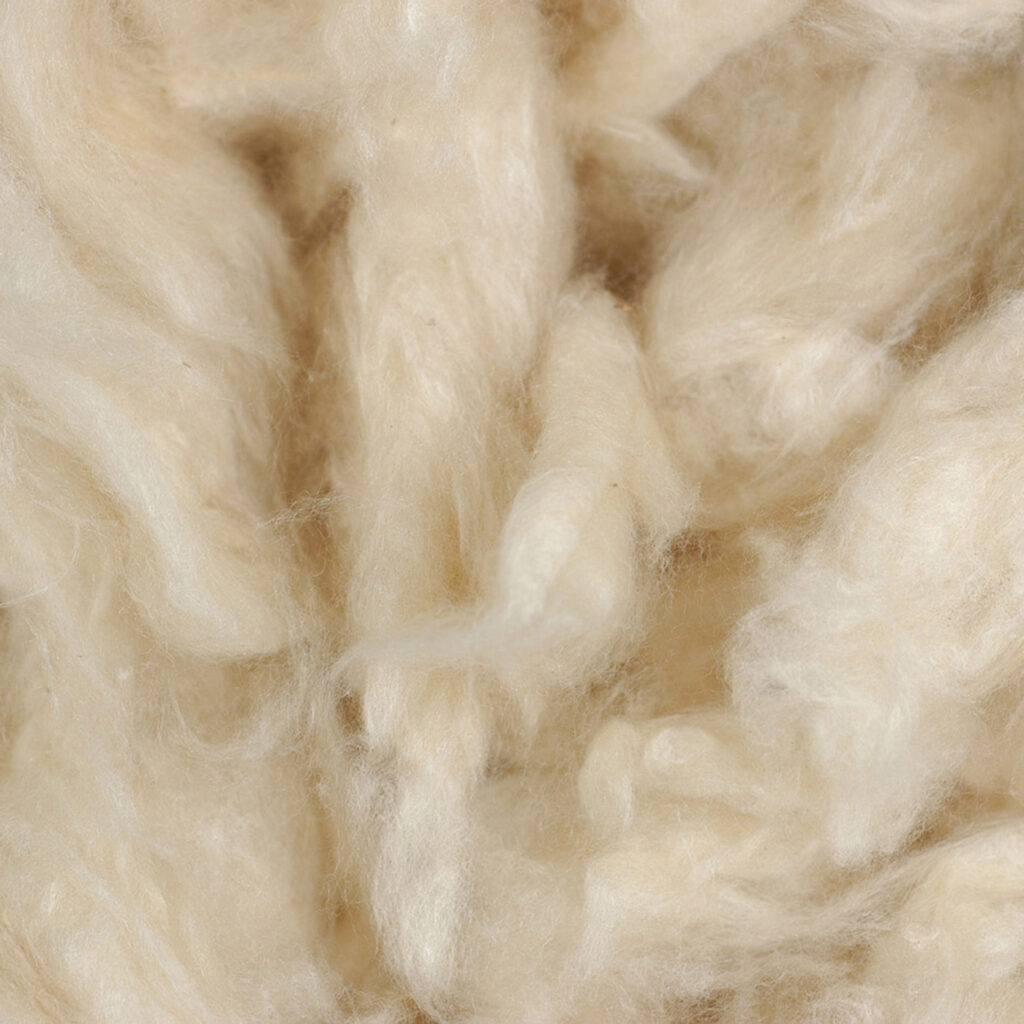Some people know about Ceiba Pentandra or Kapok tree as a tropical plant that can survive the dry conditions. That is not wrong, but the best definition of this tree is how the natural fiber is used for many kapok manufacturers. It is for stuffing, filling, or even possible fabric. To balance the uses, this tree has some growing conditions. What are they? check out this information.
The Origin

The story goes back to the previous years when the tree believed originated from the American tropics. The water repellent and buoyant properties make the seed go across to Africa and the west coast. Then the seed cultivated in Asia and developed for better uses. It is included in Indonesia as depicted in reliefs on Java island. It dated from way before 1000 AD.
The Planting Location
As you read the information regarding the origin, it is true if you think the plant is very much a tropical tree. Indeed, the ecology demand is pretty much targeting the hot and high rate of rain in tropical islands. In this case, many manufacturers believe that the Majestic tree can thrive and live best at an elevation below 500 m.
That means it doesn’t have to be in the mountains or high ground. However, the night temperature should be below 17°C. This temperature broke the idea of cultivating the tree in the lowland of the tropical island. It is because the temperature tends to get higher in the day and night. Thus, the best solution is planting it on mountain slopes.
Water Need

Along with the location, most of the kapok manufacturers understand that kapok is very much loved water. Even though the tree can stay alive during a drier period, the rainfall rate should be around 1500 mm per year. That is quite a lot, considering that the water level should reach about 150-300 mm (well distributed) along the dry period.
When the condition couldn’t be met, some of the cultivation can be done along the river bank. In Mekong delta Vietnam, the method is successful. The tree root can reach deep the permeable soils to get water. However, another thing to note is the plant needs a location that has sufficient sunlight along with proper drainage.
The Pollination Process
This tree doesn’t need a lot of attention. From its way to gather water to its pollinating process, this majestic Kapok tree is a natural survivor. The process happens in three ways. In the night, the wind will blow the pollen, and bats will spread it. In the daylight, insects that are looking for fruit nectar will be the potential pollinator for kapok fruits.
When you consider all of the information mentioned, there is no doubt that this tree is striving in the tropical rainforest. The high number of water is working perfectly with its ability to survive in a drier period. It also doesn’t need a lot of attention, which makes the product naturally organic. You can get organic kapok filling, kapok seed meals, etc. for more information, please check kapokfibersuppliers.com.

